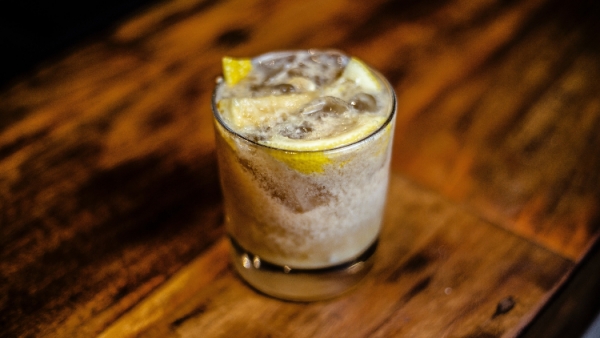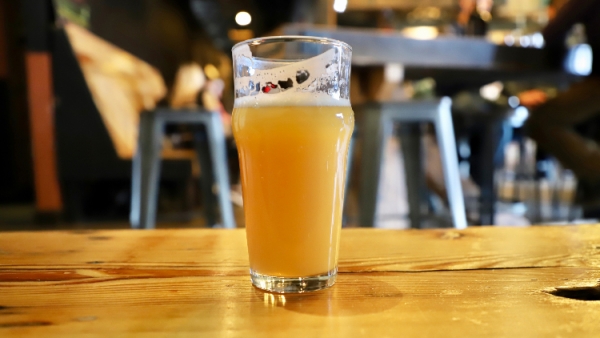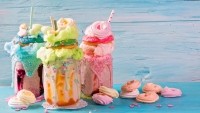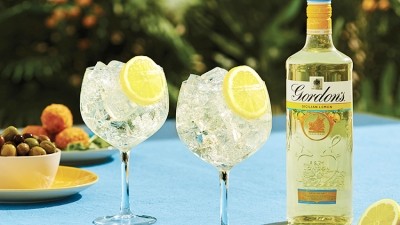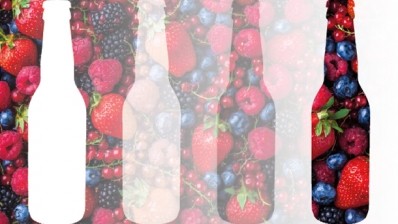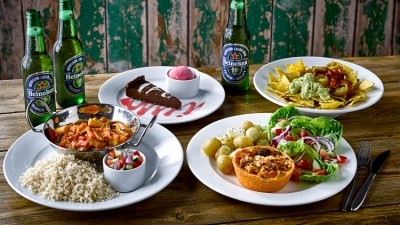Which drinks trends have caught on in 2019?
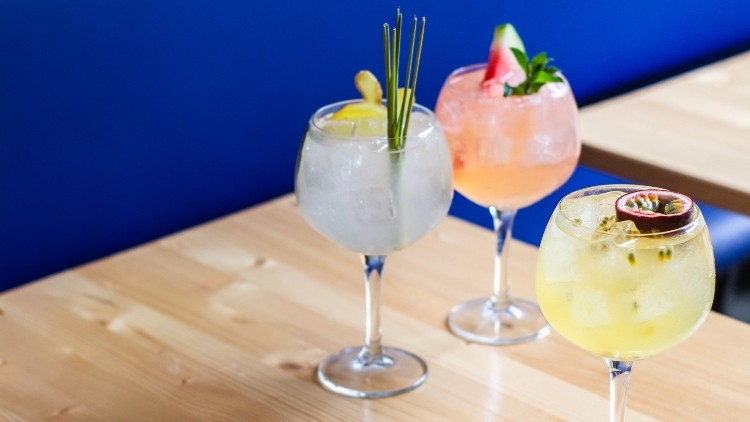
This year has seen the rise of many drinks categories in the on-trade and there doesn’t seem to be any signs of them stopping.
Adrian Taylor, head of on-trade for Roust – the company behind Russian Standard Vodka and Zubrowka Polish vodka also highlighted the rise of sustainability in drinks being increasingly more important to consumers as well as trends within the liquids.
He said: “The big drink trends developing in 2019 centre around sustainable cocktails, craft fruit beers, no-and-low alcohol spirits and wine in cans.
“The rise of Our Planet TV documentaries, climate change campaigning and a desire to remove plastic and food waste is driving the conscience of both consumers and bartenders towards sustainability.
“Craft beers are firmly established but are starting to broaden their flavour profiles and appeal to wine drinking audiences with well-crafted fruit-infused beers.
“‘No and low’ is growing exponentially as consumers and abstainers latch onto the new wave of adult-orientated zero-alcohol drinks that tap into the ‘health’ trend and are making this category trendy.”
Gin win
However, when looking at the spirits market, sales in the pink and flavoured gin category rose more than eightfold to £392m in the year to mid May 2019.
At the Spirits Summit in 2018 (October), Phil Montgomery of CGA highlighted pink gin then accounted for 14% of gin sales.
“Flavoured gin continues to go from strength to strength in the on-trade with no sign of slowing down,” he said. “It is fast positioning itself as a staple
of an outlet’s gin offer and it’s clear to understand why as 54% of consumers who have purchased flavoured gin stating they do not drink gin generally, which means it can be a powerful recruitment tool [ for people to get] into gin.
“With leading brands continuing to ride the flavoured gin wave, the category appears to be here to stay.”
Therefore, Montgomery was right in his predictions that pink gin has the staying power when it comes to drinks trends.
Moving on to beer, it was reported as the most popular alcohol drink in the on-trade despite a general decline in consumption.
Ahead of International Beer Day on 2 August, CGA and its US-based consultancy Nielsen CGA found beer accounts for 48% of drinks sold in Britain and 44% sold in the US.
It discovered that while cask sales fell by 9.8% in Britain during the past year and 9.3% in America, sales of imported beer, world beers, super premium lagers and craft beer continue to increase in both countries, led in part by the consumer demand for premium drinks.
CGA drinks expert Mark Jackson said: “Despite changing tastes and buying habits, beer is still the number one preferred beverage for the on-trade in Great Britain and the US.
“Premiumisation of the beer category has outpaced volume declines to realise an increase in dollar and pound sales value.
“We are seeing world lager in most growth in Britain and import and domestic super-premium leading the way in America.”
Better quality beers
Marston’s head of consumer marketing Louise Fleming discussed the gravitation towards premium and craft products in the lager sector, she explained that drinkers, rather than beer brands, were the driving force.
“Consumers are perhaps drinking less but looking for better quality and want to enhance their experience when they do have a drink with something that’s higher quality or has more depth of flavour,” she said, highlighting international products as a growth area.
“In terms of lager, we’re seeing a decline in the more classic ales and growth within premium mainstream and within world beers and discovery – growth in more specialist-type areas, a massive growth in Mediterranean lagers driven by consumers drinking less, but better.
“The other thing is this desire for something a little bit different, which is what craft is providing – slightly stronger flavour profiles.
Minor volume drop
Meanwhile, the craft beer sector has seen an overall drop in volume sales, pulled down by packaged products, despite a growth in draught, data has revealed.
Craft beer’s volume sales fell by 1% in the 12 months to 5 October 2019, when compared with the previous year, according to CGA.
Commercial director Graeme Loudon laid out these statistics and alluded to the reasons why at Drink Tank (27 November) at London’s Cavendish Conference Centre in America Square.
He said: “Draught is still in growth, driven by new distribution points but rate of sale is actually in decline.
“Whereas packaged craft dropped by 9% and this trend is driven by both losing stockists and rate of sale decline.
“Packaged has actually been in volume decline for a little while but was being propped up slightly by increasing distribution, however, with
the distribution now in slight decline, volume declines have accelerated to the point that the whole category is now in decline.
“Draught is now at a similar point to where packaged was 18 months ago, so warning signs are ahead here.
“We have seen for a while that craft has been pushed into outlets it isn’t right for and it seems now those outlets have realised the category isn’t working for them and are therefore, delisting.
“The outlets that are sticking it out aren’t seeing the sales, therefore, rate of sale continues to decline for the category.”
No-and-low options
Too sweet to last?
One trend that has risen to fame over the past years and reached it’s peak in 2018 but seemed to fl op in 2019 was freakshakes.
It became popular in 2016 after reaching our shores from Australia and pub chains – including Mitchells & Butlers brands Toby Carvery and Harvester – featured them on menus.
However, the milkshakes came under fi re this year when Action on Sugar research discovered “alarming levels of sugar and calories in milkshakes”.
However, consumers are increasingly becoming more health conscious and drinking less but “better”, we keep hearing, meaning low and no-alcohol drinks are still on the rise.
CGA report Understanding Moderation in the On-Trade showed a third (32%) have now tried a no or low-alcohol beer, wine or spirit in the past six months, equating to 15.5m consumers with an additional 8.9m saying they find the category appealing.
Data from CGA also found sales in the no and low-alcohol category have risen by almost half (48%) in the past 21 months to more than £60m a year. Growth for completely alcohol-free options have been even higher at almost 80% and boozeless ‘mocktails’ or ‘virgin cocktails’ have been a particularly thriving area.
With just 9% of those who drink no-and-low options classifying themselves as teetotal, the report suggested these drinks are an alternative for people who want to moderate their intake rather than a permanent substitute.
While a plethora of new no-and-low alcohol drinks have entered the market recently, CGA’s report revealed significant headroom for growth starting in the new year.
More than 4m people signed up to the Dry January campaign 2019 and that number is expected to rise in 2020, pushing no and low-alcohol drinks into the mainstream.
CGA’s senior consumer research manager Charlie Mitchell said: “Our report shows there is huge potential for operators and suppliers to capitalise on the growing number of moderators.
“With even more people likely to cut back on booze after the Christmas excesses, producers, operators and suppliers are queuing up to jump on the opportunity with an ever-increasing range of no and low-alcohol alternatives.
“With many consumers eager to trial them out of curiosity, along with the evident health drivers associated, the challenge will be to build loyalty and repeat trial in a market where it is increasingly hard to stand out.”
